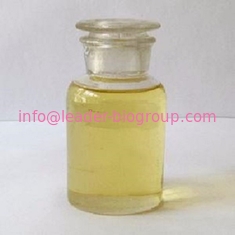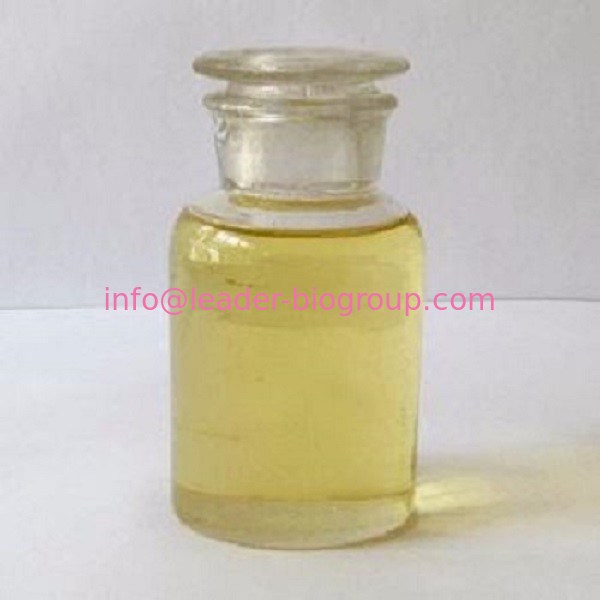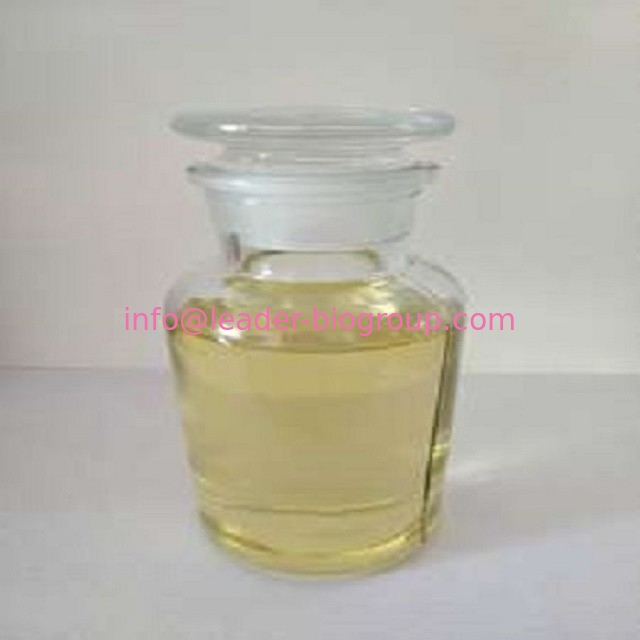
The World Largest Manufacturer Factory Supply Anise Oil CAS 84775-42-8
-
Purity99.9%
-
UseHealth Care
-
OriginChina
-
Package1KG/Tin
-
ManufacturerXI'AN LEADER BIOCHEMICAL ENGINEERING CO.,LTD
-
Place of OriginCHINA
-
Brand Nameinfo@leader-biogroup.com
-
CertificationISO,GMP,SGS,HALA,KOSER,HACCP
-
Model NumberLD
-
Minimum Order Quantity25KGS
-
PriceNegotiate Depend on order quantity
-
Packaging Details25KG/Bucket
-
Delivery Time2-3 working days
-
Payment TermsWestern Union, MoneyGram, T/T, L/C
-
Supply Ability1000KG/Month
The World Largest Manufacturer Factory Supply Anise Oil CAS 84775-42-8
Inquiry email: info@leader-biogroup.com
Hot Line +86-029-68895030
+86-029-68569961
+86-029-68569962
Fax +86-029-68895030
| Product Name: | Anise Oil |
| Synonyms: | ANISE;ANISEED OIL;ANISE STAR OIL;ANISE SEED OIL, NATURE IDENTICAL;FEMA 2095;FEMA 2096;FEMA 2094;Anise,ext. |
| CAS: | 84775-42-8 |
| MF: | |
| MW: | 0 |
| EINECS: | 283-872-7 |
| Product Categories: | Natural Plant Extract |
| Mol File: | Mol File |
| Boiling point | 232 °C(lit.) |
| density | 0.980 g/mL at 25 °C(lit.) |
| FEMA | 2093 | ANISE (PIMPINELLA ANISUM L.) |
| refractive index | n |
| Fp | 199 °F |
| storage temp. | 2-8°C |
| Anise Oil Usage And Synthesis |
| Chemical Properties | Anise oil or Aniseed oil is obtained by steam distillation of the fruits of Pimpinella anisum L. (Apiaceae). It is a colorless to pale yellow liquid or crystalline mass with a powerful, sweet odor, characteristic of anethole. d2020 0.980-0.990; n20D 1.552-1.561;α20D ?2°to +2°; solubility: 1 vol in 3 vol of 90% ethanol at 20 ℃; fp 15–19.5℃. Themain component of anise oil is (E)-anethole, which is present at a concentration of 87–94% and which determines themelting point of the oil. The oil has now been replaced, to a large extent, by the less expensive star anise oil, which also contains high percentages of anethole, but is still produced, for example, in Hungary and Egypt on a small scale. Anise oil is used for flavoring foods, beverages, and oral care products. |
| Chemical Properties | Herbaceous annual plant indigenous to Greece and Asia Minor, now extensively cultivated in Europe, in Russia and, to a lesser extent, in India. It has a perpendicular root, an erect cylindrical stalk, alternate leaves, yellowish-white flowers, five-edged carpels and lens-shaped seeds. It flowers in July. The fruits of commerce are grayish-green to dull yellowish-brown in color, 3 to 5 mm long and 1.5 to 2 mm wide, containing about 10% of fixed oil and 1.5 to 4% of essential oil. Parts used are fruits, improperly called seeds. Anise has a history of use as a spice and as a fragrance. It has a sweet, soft, mild flavor with rich effects. The main component responsible for its characteristic taste and smell, as well as for its medicinal properties, is trans-anethole |
| Physical properties | Anise oil is a colorless to pale-yellow, strongly refractive liquid. |
| Essential oil composition | The seeds yield 2.5% of the oil on steam distillation. The major components of the oil are typically 95% trans-anethole (strong, sweet, anise) and 2% methyl chavicol (strong, sweet, tarragon). TNO (2000) reported presence of 44 compounds in anise. Of these, 23 were hydrocarbons, 8 phenols, 4 alcohols, 3 carbonyl ketones, 1 carbonyl aldehyde, 1 acid and 4 unknown compounds. |

